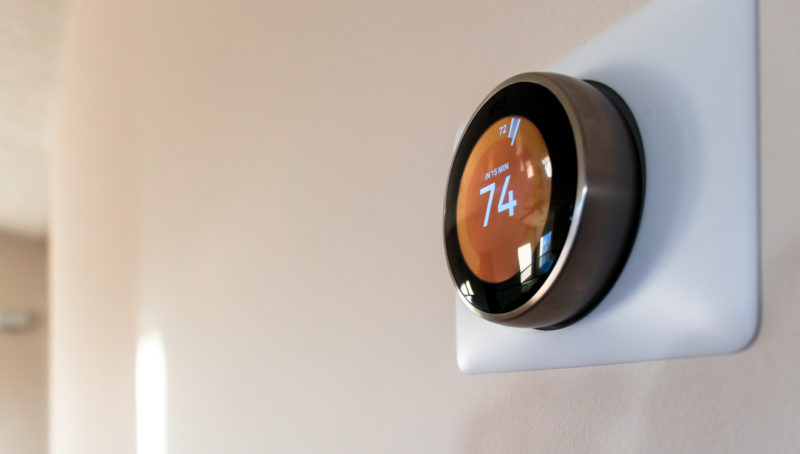
by GroupM7 | Nov 27, 2019 | Blog
7 Ways to Choose a New Heating System Nov 27, 2019 Choosing a new heating system for your Longview, Texas, home doesn’t have to be a hassle. By assessing your needs, preferences, available options and budget, a professional HVAC contractor can help you choose the most...

by GroupM7 | Nov 24, 2019 | Blog
What Does REME technology mean for Longview TX? Feb 3, 2012 The HVAC system in your Gilmer, Texas, home is responsible for keeping you comfortable day and night. What you might not know is that a few simple HVAC tweaks can ensure that you get the restful sleep you...

by GroupM7 | Nov 21, 2019 | Blog
What Does REME technology mean for Longview TX? Feb 3, 2012 Keeping your Tatum, Texas, home comfortable and energy-efficient is likely a top priority for you. One investment that will definitely provide you with the return you’re looking for is a learning thermostat....




